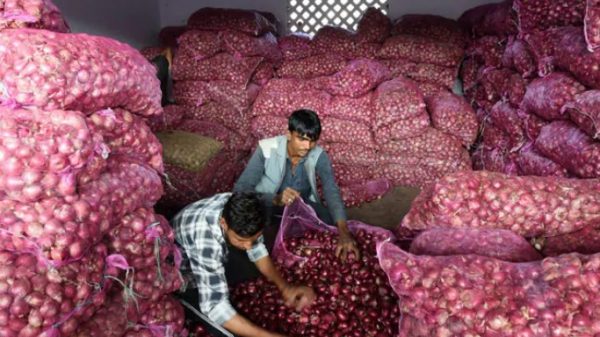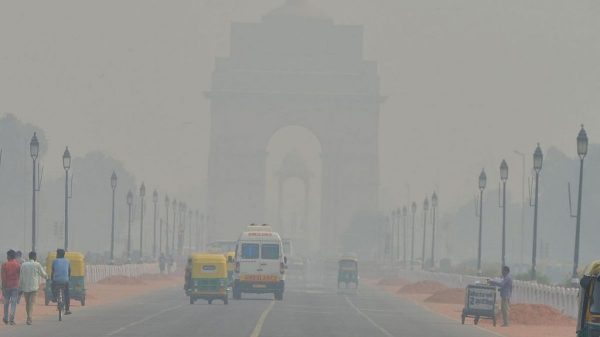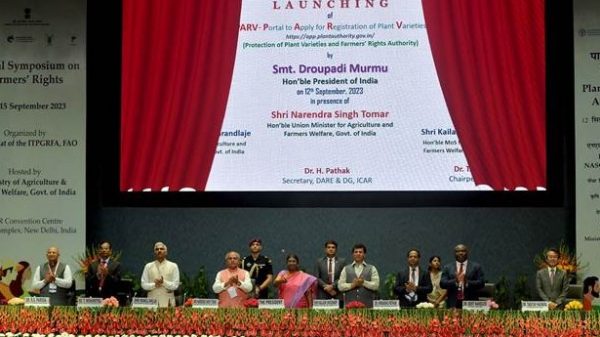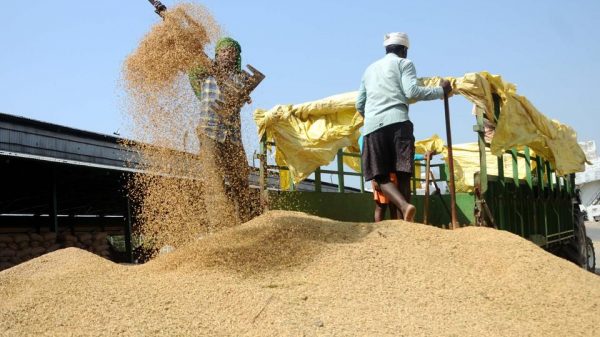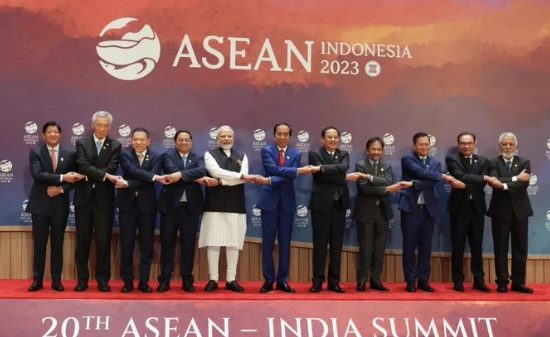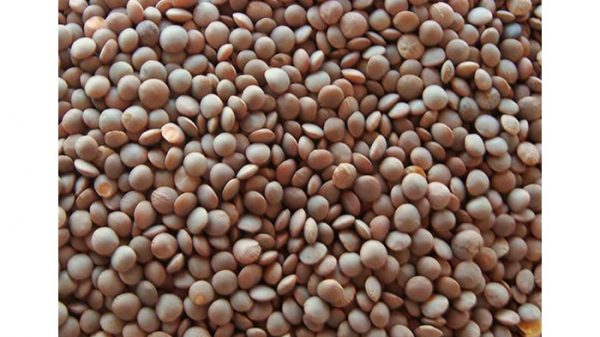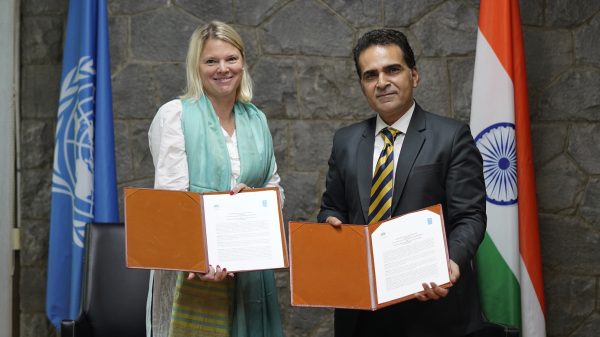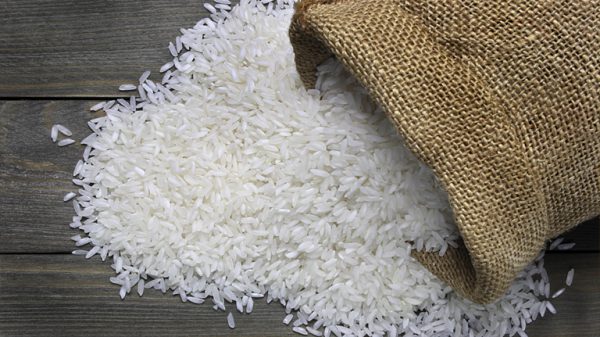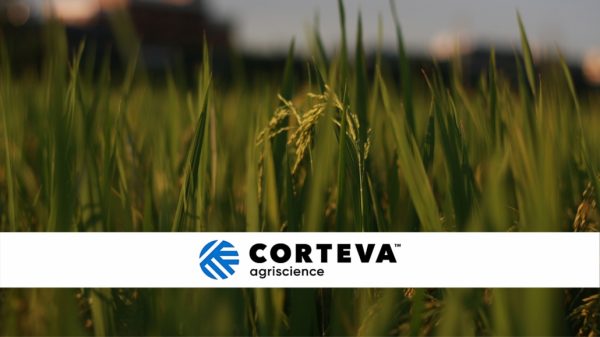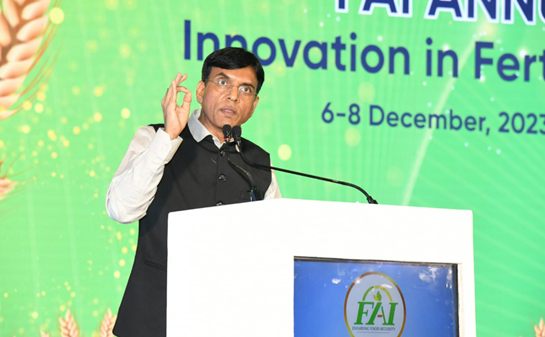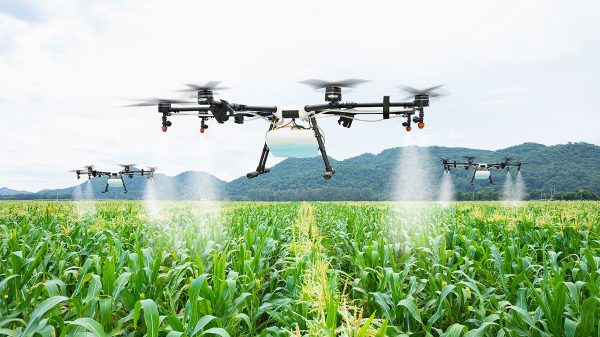The daily average air quality in Delhi has improved in 2023 compared to the previous 6 years, as claimed by the government. The average AQI for the 10-month period between January and October 2023 was 172, compared to 187 in 2022, 179 in 2021, 156 in 2020, 193 in 2019, and 201 in 2018 , with the exception of 2020, which was impacted by the COVID-19 pandemic, according to a press release by Ministry of Environment, Forest and Climate Change.
It is important to note that AQI levels are influenced by various factors, including rainfall and wind speed, which significantly contribute to the dispersion of pollutants and emissions. Effective dispersion is essential for maintaining good air quality, even when efforts are made to control and reduce emissions from primary sources within the region.
For the month of October 2023, Delhi experienced minimal rainfall, with just 5.4 mm recorded, in contrast to 2022 and 2021, which saw 6 and 7 days of rainfall, respectively, with cumulative rainfall of around 129 mm and 123 mm. Additionally , the average wind speed in October 2023 was relatively lower, with periods of still conditions observed during the month.
Despite the unfavorable meteorological conditions, the government claims that the daily avg. AQI during the month of October, 2023 at 219 has only been slightly higher than the daily avg. AQI of 210 during October, 2022.
The government’s data further shows that Delhi has seen the highest number of “Good” to “Moderate” air quality days (daily average AQI<200) during January to October 2023, compared to the same period in previous years, excluding the COVID-19 affected year of 2020. In 2023, there were 206 such days, compared to 160 in 2022, 197 in 2021, 175 in 2019, and 157 in 2018.
The government has also reported a remarkable reduction in daily avg. PM2.5 and PM10 concentrations over the last 6 years. The daily average PM2.5 concentration in Delhi during January-October 2023 was about 75 µgm/m3, compared to ranging from 81-95 µgm/m3 during the corresponding periods from 2017 to 2022 (barring the COVID affected 2020).
Likewise, the daily average PM10 concentration in Delhi has been about 173 µgm/m3, which is much lower than a range of 182-220 µgm/m3 during the corresponding periods from 2017 to 2022 (barring the COVID affected 2020).
Despite unfavourable meteorological and climatic conditions, the Commission for Air Quality Management (CAQM) has proactively invoked measures under GRAP Stage-II on 21.10.2023 to intensify preventive measures towards endeavouring delayed invoking of Stage-III of the GRAP as much as possible. In previous years, GRAP Stage-III was typically enforced in the last week of October, a scenario not observed in 2023.
The CAQM once again urges the stakeholders to effectively implement all directions / guidelines related to abatement of air pollution, particularly under the schedule of the GRAP and the citizens to follow the Citizen Charter in our joint pursuit for better air quality.




